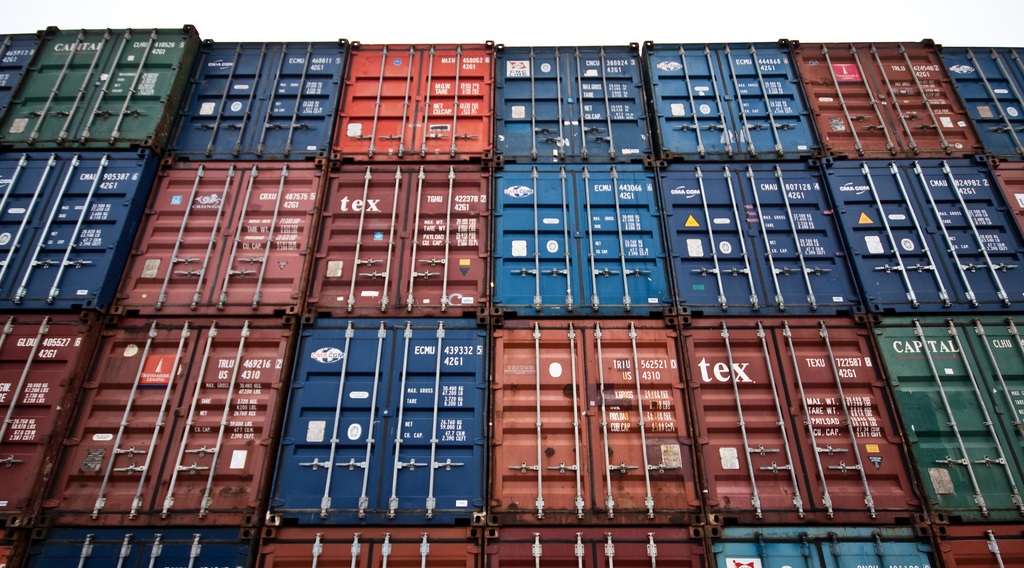Global sourcing is on the rise. Recent estimates suggest that intermediate input flows account for about two-thirds of the volume of world trade (Johnson and Noguera, 2012). Boeing’s production of the 787 Dreamliner exemplifies the growing involvement of foreign suppliers in U.S. manufacturing: 70 percent of the Dreamliner’s parts are sourced from 50 suppliers located in 9 countries. Meanwhile, during the last U.S. presidential election, we saw a backlash against international trade. Research, too, documents negative effects of increased trade integration. However, most of this evidence comes from trade in final goods. This paper examines the question: how do we analyze the phenomenon of firms increasingly sourcing intermediate inputs?






